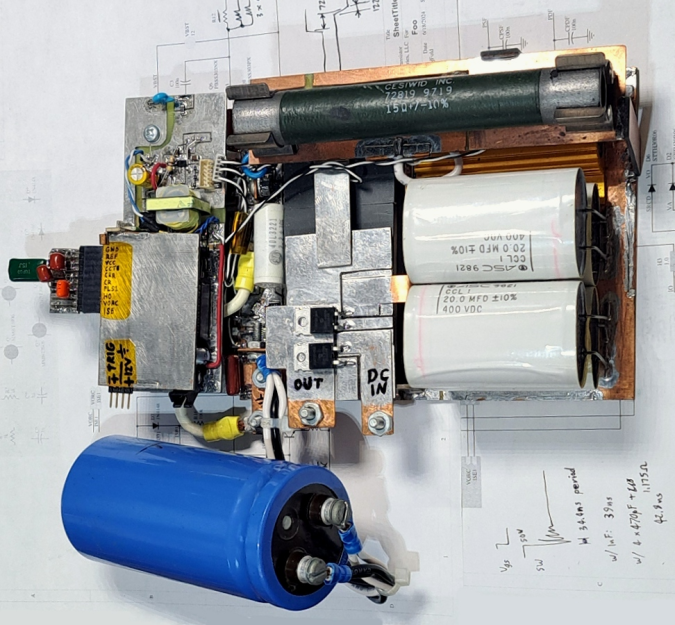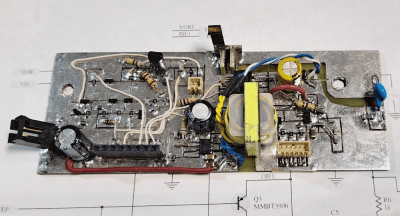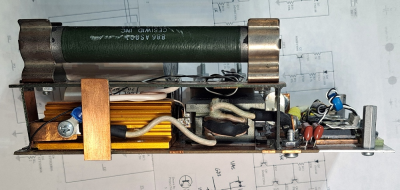Building An Automotive Load Dump Tester

For those who have not dealt with the automotive side of electronics before, it comes as somewhat of a shock when you find out just how much extra you have to think about and how tough the testing and acceptance standards are. One particular test requirement is known as the “load dump” test. [Tim Williams] needed to build a device (first article of three) to apply such test conditions and wanted to do it as an exercise using scrap and spares. Following is a proper demonstration of follow-through from an analytical look at the testing specs to some interesting hand construction.

The load dump test simulates the effect of a spinning automotive alternator in a sudden no-load scenario, such as a loose battery terminal. The sudden reduction in load (since the battery no longer takes charging current) coupled with the inductance of the alternator windings causes a sudden huge voltage spike. The automotive standard ISO 7637-2:2011 dictates how this pulse should be designed and what load the testing device must drive.
The first article covers the required pulse shape and two possible driving techniques. It then dives deep into a case study of the Linear Tech DC1950A load dump tester, which is a tricky circuit to understand, so [Tim] breaks it down into a spice model based around a virtual transistor driving an RC network to emulate the pulse shape and power characteristics and help pin down the specs of the parts needed. The second article deals with analysing and designing a hysteric controller based around a simple current regulator, which controls the current through a power inductor. Roughly speaking, this circuit operates a bit like a buck converter with a catch diode circulating current in a tank LC circuit. A sense resistor in the output path is used to feedback a voltage, which is then used to control the driving pulses to the power MOSFET stage. [Tim] does a good job modeling and explaining some of the details that need to be considered with such a circuit.

The third and final article turns what’s been learnt so far into a practical design that can be built, with many extra parts added and explained to make this work in reality. It was nice to see ICs being mostly rejected in favour of a discrete design using transistors and other parts at hand—you can see the individual circuit elements if you know what you’re looking for. That said, the venerable 555 timer is in there, doing one of the things it does best: being a trigger timer. The physical construction is done Manhattan-style on a couple of board layers, with some hilariously outsized parts bolted on just because. There’s much to learn from this project, although it will be a tough read for any newcomer to electronics.
While we’re considering building our own instruments, here’s an active load build. EMC testing is one of those areas that can really cause problems. Here’s our guide. We don’t see enough discrete components used in projects these days. Here’s a discrete transistor CPU to admire.